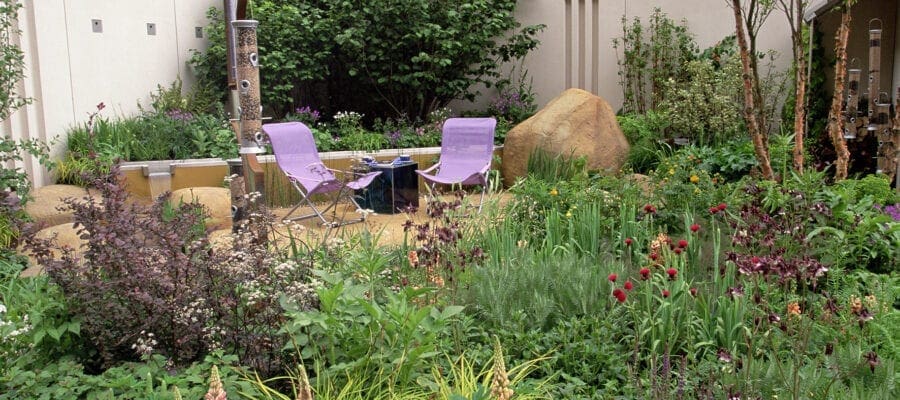We are all aware of the increasing need to incorporate areas for wildlife in our gardens and green spaces for the greater good and this needn’t be a choice between having a wild, nettle laden area or maintained lawns and borders. You can provide for wildlife in all ways including vegetable patches as the benefit gardeners can gain from sharing their space with a variety of creatures far outweighs any extra work.
It is possible that with a few subtle additions every garden can be a haven for wildlife visitors – many of whom are natural pest controllers and will be beneficial allies to your gardening efforts. CJ Wildlife has a range of products for all garden wildlife and years of experience in ensuring these are designed with the needs of wildlife in mind.
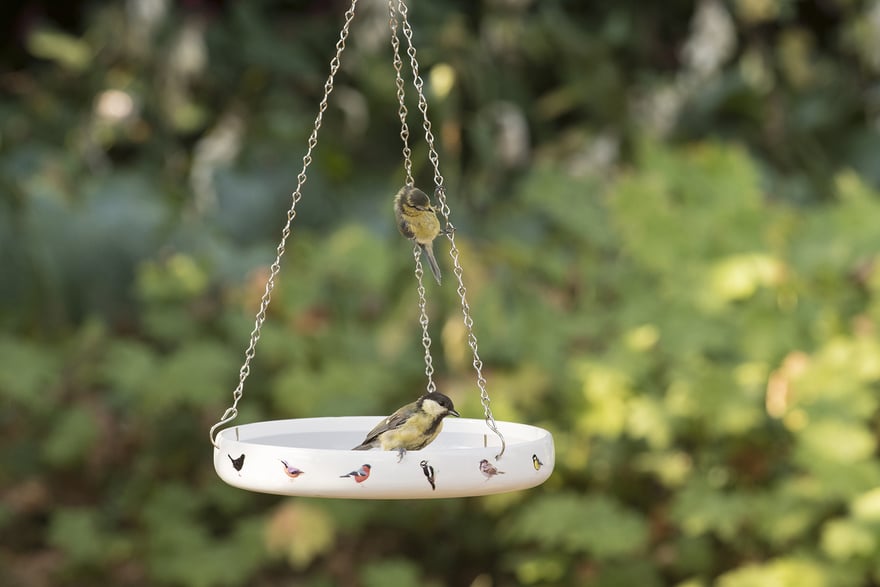
Just like us, wildlife’s needs are simple – water, food and shelter. If you have room for a shallow pond, it can be a joy to watch as it plays host to many species and breeding amphibians. Water beetles and dragonflies are attracted to where water is, so will feast on gnats and mosquitoes especially in the hotter months. However, even a small water feature or dish of fresh water will be welcomed all year round by birds, not just in summer.
Food and shelter will vary depend on the wildlife you wish to attract but can all be achieved through planting. The ideal would be to arrange plants and flowers that bloom with nectar-rich flowers, followed by seeds or berries. Grouped together in such a way to provide nesting sites for birds or sheltered overwintering patches for insects and invertebrates. Some plants like holly and ivy manage this well in one package. Ivy is a late source of autumn nectar for insects and beneficial late winter fruit for birds. Fruiting bushes and shrubs such as as cotoneaster and pyracantha, are a good source of food for birds and mammals during the autumn and winter; and if you allow perennial seed heads to develop, they can provide both interest to your garden and a valuable food source for birds. Insects also attract garden birds and in fact provide baby birds with essential protein for them to grow strong and healthy.
However, some gardens have few natural nesting sites and may require additional nest boxes for both shelter and breeding. Depending on the birds in your garden or those that you wish to attract, check which box is suitable for their needs first. Visit www.birdfood.co.uk/nest-boxes to choose from CJ Wildlife’s high-quality nest boxes in designs suitable for all types of gardens. Providing supplementary food all year-round helps encourage and support your garden wildlife in all essential times of the year such as breeding, moulting, migration and winter. High energy foods from CJ Wildlife contain all the nutrition needed in various forms, including no-mess varieties, www.birdfood.co.uk/bird-food.
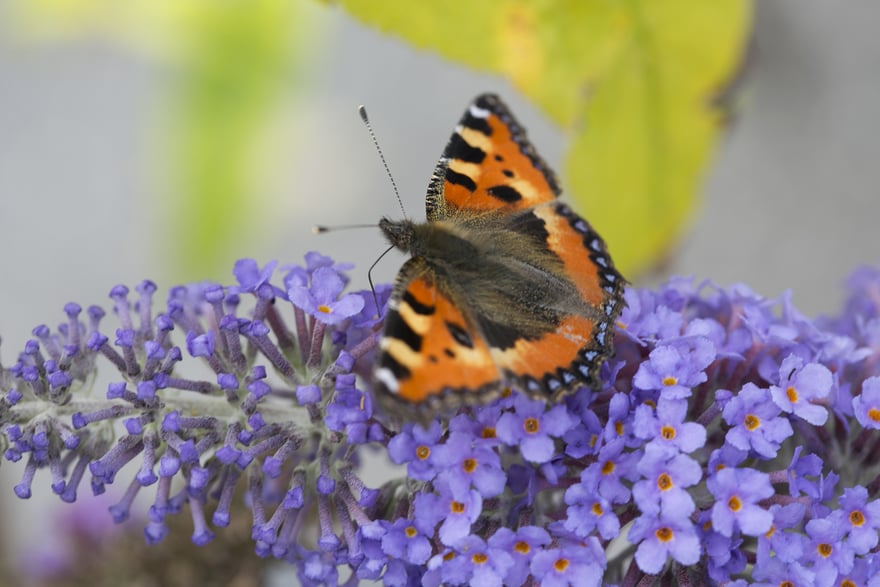
Nectar rich plants provide butterflies with vital energy to fly, find a mate and refuel after their winter hibernation. Refresh your patch with wildlife friendly plants and you will see the delightfully colourful Peacock and widely known Red Admiral butterflies, amongst others basking in the sun. But as charming as it is to collect caterpillars, they should be left at the plants on which they are found as this is the correct food for them to develop.
Whist we assume other types of insects are bad for the garden with greenflies, whiteflies and aphids munching on our flowers and vegetable patches to the detriment of all that hard work, there are other insects that are beneficial to both pollination and pest control. It may seem counterintuitive but encouraging these insects into the garden could be the very thing you need to do to grow better blooms, vegetables and fruit.
Hoverflies, for example, may enjoy the apples on the tree but they are some of our most important pollinators, so encourage them to do their job. Bees, who are in serious decline, are our best pollinators and prefer plants with open flowers with lots of pollen and nectar. Lacewings are slender delicate insects with large clear membranous wings. and are general predators feeding on insect eggs, whitefly, aphids and mealy bugs. Ladybugs are also natural garden pest controllers and can consume up to 50 aphids per day.
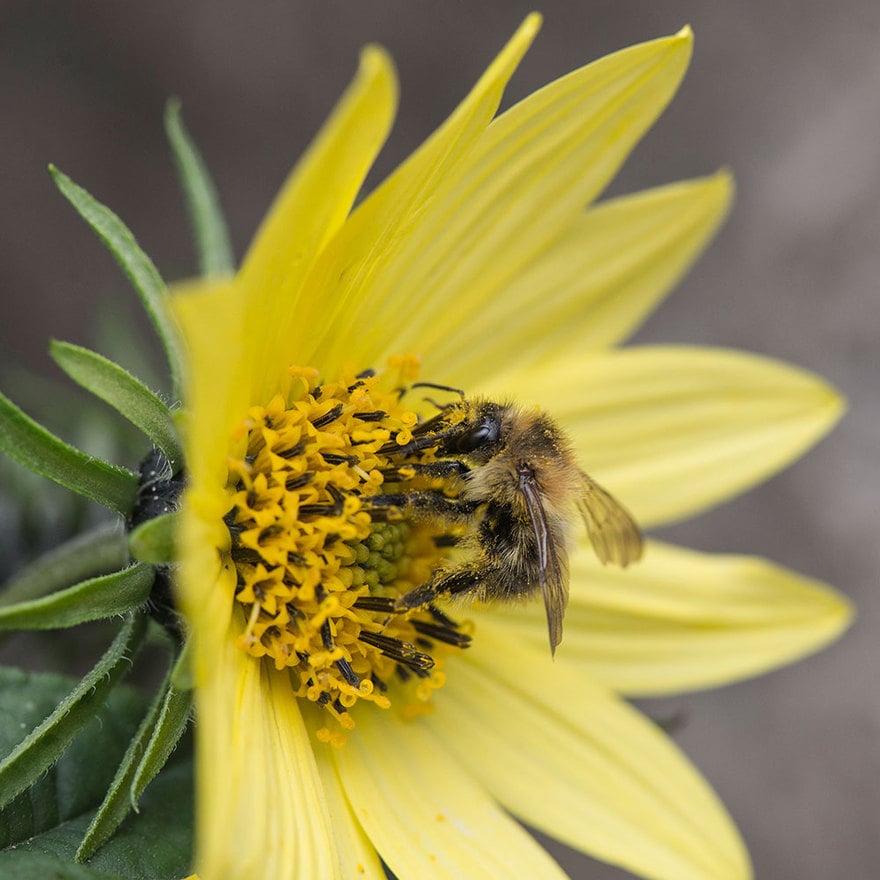
Pack your borders with nectar-rich plants such as asters achilleas and chrysanthemums, ensuring plenty of food for visiting bees and insects. Early and late flowering plants provide nectar at critical times – just after emergence or prior to hibernation so choose a range of species in order to maximize the flowering period. Plant your flowers in groups, en masse, to make it is easier for insects to detect as colour and scent are often the driving forces in attracting insects to the garden in search of pollen and nectar. Single-flowered plants are a good choice, because the design of these blooms makes it easier for insects to reach inside. CJ Wildlife stock a huge selection of wildlife-friendly plants, all of which have been endorsed by leading invertebrate charity, Buglife, as being perfect for pollinators as well as the RHS Plants for Pollinators range. See www.birdfood.co.uk/plants for perennials, shrubs and climbers, buddleja, and fruits.
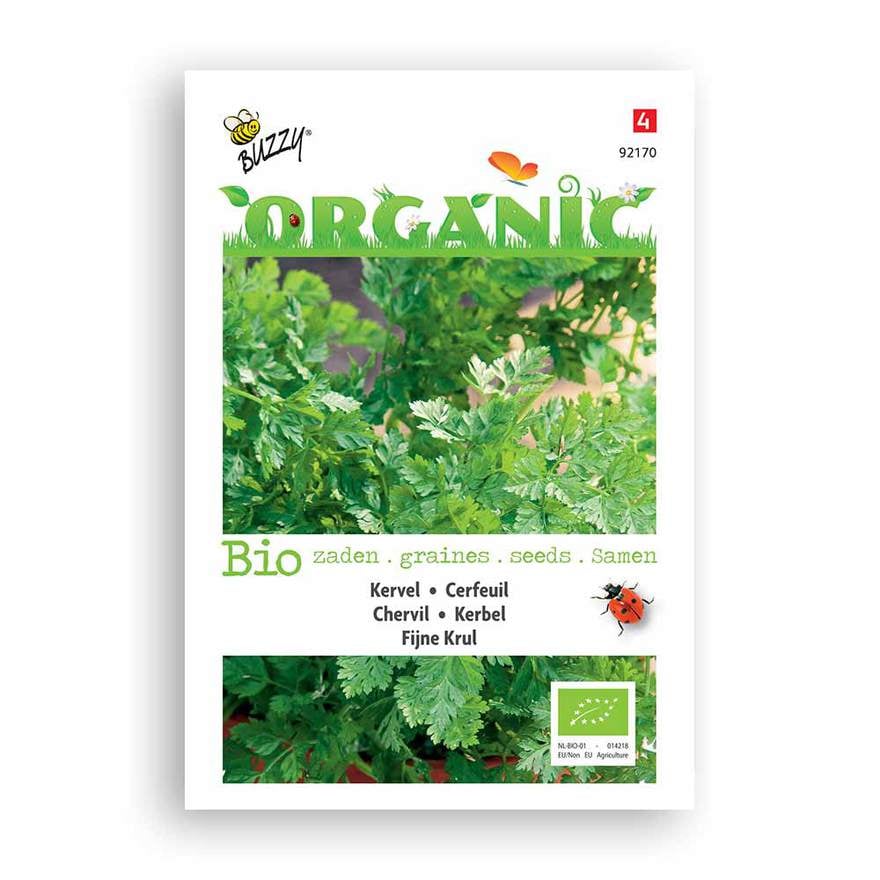
Flowers from home grown herbs such as parsley, chervil or dill are also great for border planting. Not only do you gain fresh herbs but being rich in nectar they are fertilized by bees and attract our aphid-eating friends. Our new range of Buzzy® Organic Seeds have also been endorsed by Buglife as being beneficial for the invertebrates which are vital for a healthy ecosystem.
Spiders may send a shiver down your spine but are essential for the health of your garden. They keep order and balance by eating flies and larvae, thus protecting flowers and vegetables from these pests.

Adding an insect habitat for shelter and nesting in a sunny spot nearby will also encourage insects to stay longer and even breed, therefore improving the health of your garden year on year. Look through the Buglife endorsed habitats from CJ Wildlife at www.birdfood.co.uk/wildlife/bees-insects.
Slugs and snails chew holes in plants and fruit and are a real headache for gardeners but put away the slug pellets and allow nature to take its course. Hedgehogs love to feast on slugs and snails and can easily get rid of these pesky molluscs for you. Creating a hedgehog route in and out of your garden, a quiet sheltered spot and some fresh water will all encourage your little helpers. Remember, suckling mothers need extra calories too, so some supplementary food will really help them out too.

Simple changes to the way you garden, such as planting nectar-rich flowers or berry-producing shrubs will enhance the opportunities for wildlife and provide a natural habitat which is often otherwise lost in the wild. Working with nature to make our gardens wildlife-friendly is an effective way for each of us to make a positive contribution. We can avoid pesticides and utilise what nature has on offer instead. In the circle of life, insects and wildlife need the right plants and we need insects and wildlife for both food and enjoyment. More importantly insects and wildlife need each other, so make time to add some wildlife friendly plants and extra home comforts to your patch. If we all do something, it will make all the difference.
Visit www.birdfood.co.uk to view the range of over 200 varieties of wildlife friendly plants and seeds stocked by CJ Wildlife together with wildlife food, feeders, nest boxes, habitats and wildlife themed gifts and books. Freephone 0800 731 2820.

